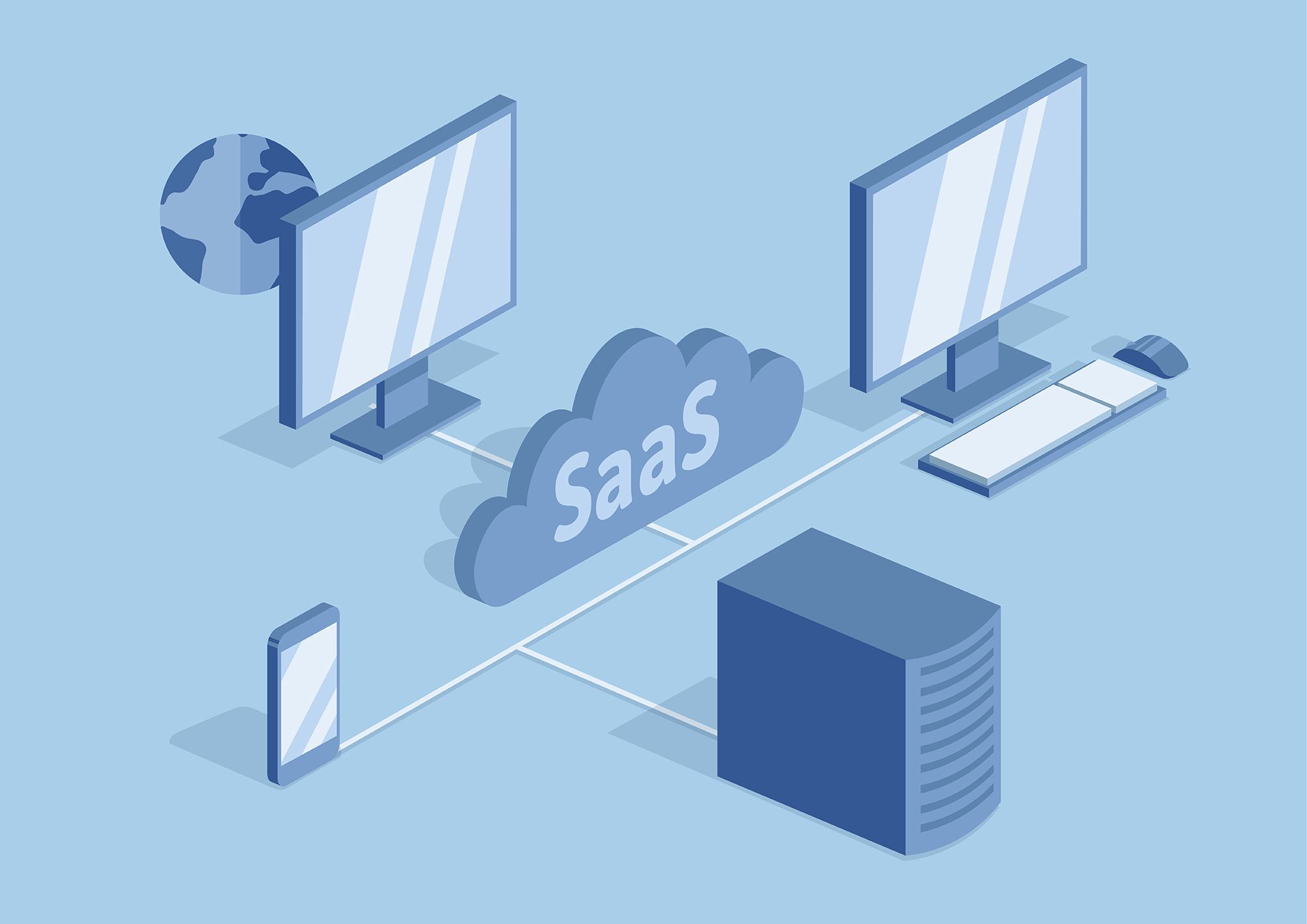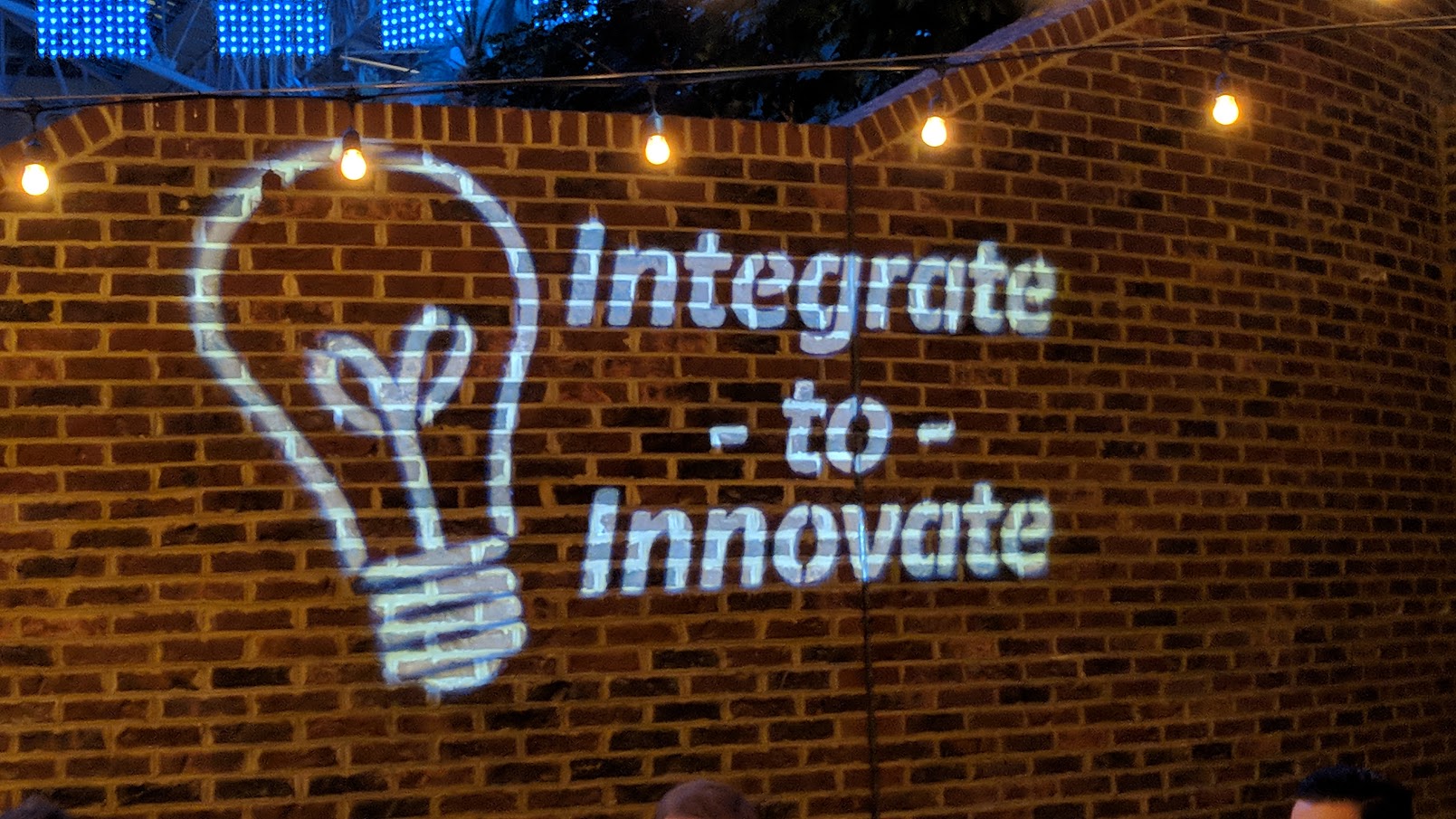Blog: Out with Legacy and In with Ecosystem: Cleo’s Best Integration Blogs of 2018, Part 1

Pardon the holiday pun, but as we get ready to put a bow on 2018, it's a good time to reflect on the things we've accomplished over the past year and plan for the things we want to achieve in the new one. This year at Cleo, we put extra emphasis on delivering content to help businesses across industries make more informed buying decisions when it comes to cloud, application, and B2B integration technology.
This is the first of a two-part series counting down our 10 most popular blogs from 2018. From the shortcomings of traditional integration approaches to a "Full Metal Jacket" ecosystem, this list has something for everyone. So, read on, maybe catch up on a post you might have missed, or consume the content with plans for 2019 in mind. Either way, happy holidays!

10. Five Reasons Your Legacy Systems Need Upgrading
Although there are many new technologies that companies are utilizing to deliver true business value to customers, there are many others who rely on outdated and insufficient legacy systems. Those companies are experiencing pains across the board, as they are quickly learning that legacy IT systems simply cannot deliver the speed and agility that is required today.
That's why it's so important to modernize your IT technologies in order to sufficiently onboard new trading partners and customers, quickly integrate cloud services and other SaaS applications, and support current and future protocol, data format, and API requirements.

9. Why Traditional SaaS Integration Software is Failing
The promises of integration technology are often too good to pass up. However, things also get quite complex in a hurry on the road to modern integration patterns. Many businesses lack the skilled staff necessary to connect these expensive and time-consuming SaaS technologies one at a time.
Some of the most common problems that a company faces when trying to execute SaaS integration include transforming data from one platform to the other (such as cloud to on-premise applications), not having the right amount of control, supporting incomplete solutions, and cumbersome and unreliable connections. All these potential roadblocks just go to show how valuable a single, easy-to-use, integrated platform can be for an enterprise.

8. Think Tank: Full Metal Jacket, Ecosystems, and Buzzwords
Some of our most positive feedback thus far has revolved around the Think Tank series, Frank Kenney's biweekly column that is an in-depth look at various technology topics from one of the industry's most insightful thinkers. In this edition, Kenney discusses the differences between a marketing buzzword that doesn't have any traction and terms like "ecosystem integration" and "ecosystem enablement." The latter two terms, Frank suggests, have much more underneath them than hype alone, as they aren't simply a new form of B2B integration.
The idea of ecosystem integration from buzzword to a legit concept necessitates integration extension to trading partners and any other peripheral ecosystem. As Frank writes: "Ecosystem integration and ecosystem enablement do more than imply, they intrinsically entail the building and maintenance of continually growing and expanding communities."

7. Six Ways Integration Can Improve Your Cloud Service
The success of a software-as-a-service (SaaS) product depends on a number of different factors, including time to market, functionality and ease of use, and customer service. One of the most important things in enabling those successes, however, concerns integration and whether the SaaS tool can connect customer and partner systems and integrate the data that's powering the solution behind the scenes.
There are many backend data management challenges that a SaaS enterprise must face when it comes to delivering its cloud services. Limitations integrating legacy systems and custom scripting hinder SaaS companies' ability to deliver expanded value and full solution potential for their customers. Such integrations can prove to be very expensive, as many cloud-service companies attempt to custom-build and manage them themselves, which in turn leads to costly and time-consuming headaches as the company grows.

6. Top Five Takeaways from Cleo Connect
To all our customers and partners who attended this year's annual Cleo Connect conference in Nashville, thank you! To everyone that didn't join us, we certainly hope you will attend next year in Orlando. This event featured Oakland A's exec Billy Beane delivering the keynote address on the importance of looking for new opportunities to beat your competition.
Perhaps the most recurring theme at Cleo Connect this year was around the importance of a digital transformation. No matter the industry you're in, you must adapt, evolve, and transform your approach, processes, and technologies in order to truly optimize your business. Other interesting takeaways include the need for EDI and APIs to work together in businesses and how companies must look at their entire ecosystem to enable future success, not just B2B integration.
Check back later this week as we continue the list and announce the top five blog posts of 2018!

About Cleo

Instantly access demo videos

Comprehensive Guide to Gaining B2B Control

Duraflame Case Study
